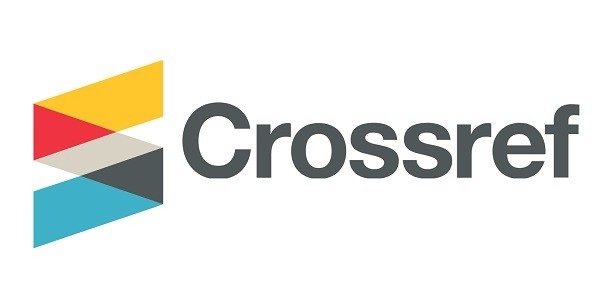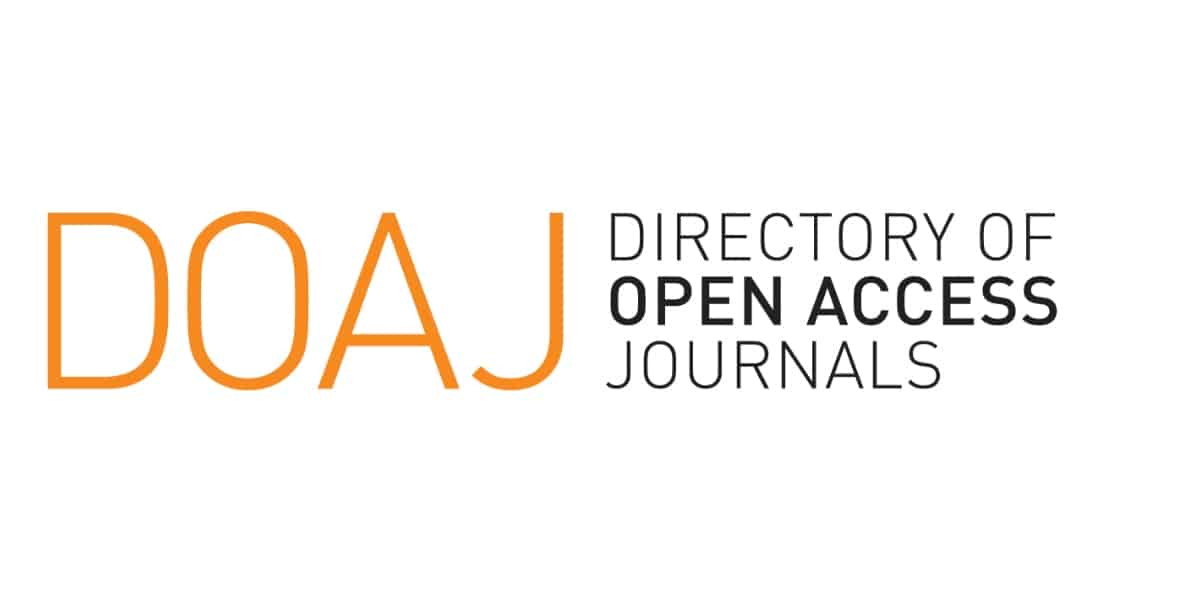PERENCANAAN BISNIS TEPUNG KOMPOSIT DENGAN SISTEM BAGI HASIL
Abstract
The successful of composite flour business planning is required a feasibility study and revenue sharing system. The objective of this research is to design the business plan for composite flour through feasibility study and revenue sharing system. The exploratory research method with observation approach was implemented in this research. The feasibility aspects to observed are market, technical, human resource and organization, environment and financial aspect for revenue sharing. The result showed that tapioca flour and mocaf flour were potential substitutes for wheat flour. Based on the availability of raw materials, mocaf flour has a minimum availability of 10.000 tons / year, therefore it had 29 tons/day to substituted wheat flour. This research designed the substitution of wheat flour were 5% of mocaf flour and 5% of tapioca flour. The feasibility study showed that the payback period (PBP) was 3 years and 6 months while Break Event Point (BEP) was 153.258.997 Kg/year. The result concluded that this business planning were feasible to operate. Further, this research also designed 2 revenue sharing scenarios as recommended by National Sharia Board. Finally, this research succeeds to designed a feasible business for composite flour with revenue sharing.
Keywords: business plan, revenue sharing, feasibility, composite flour

_page-00013.jpg)







_(1).png)

